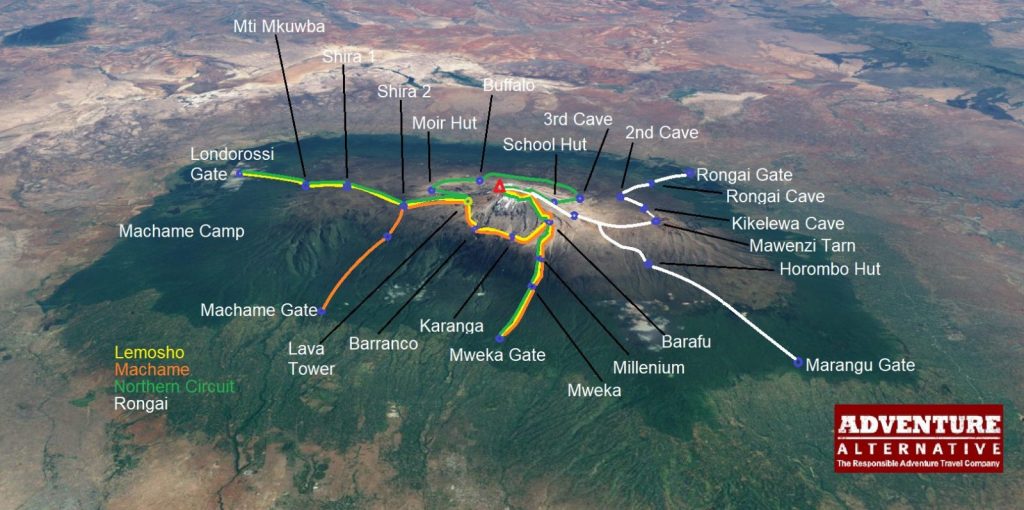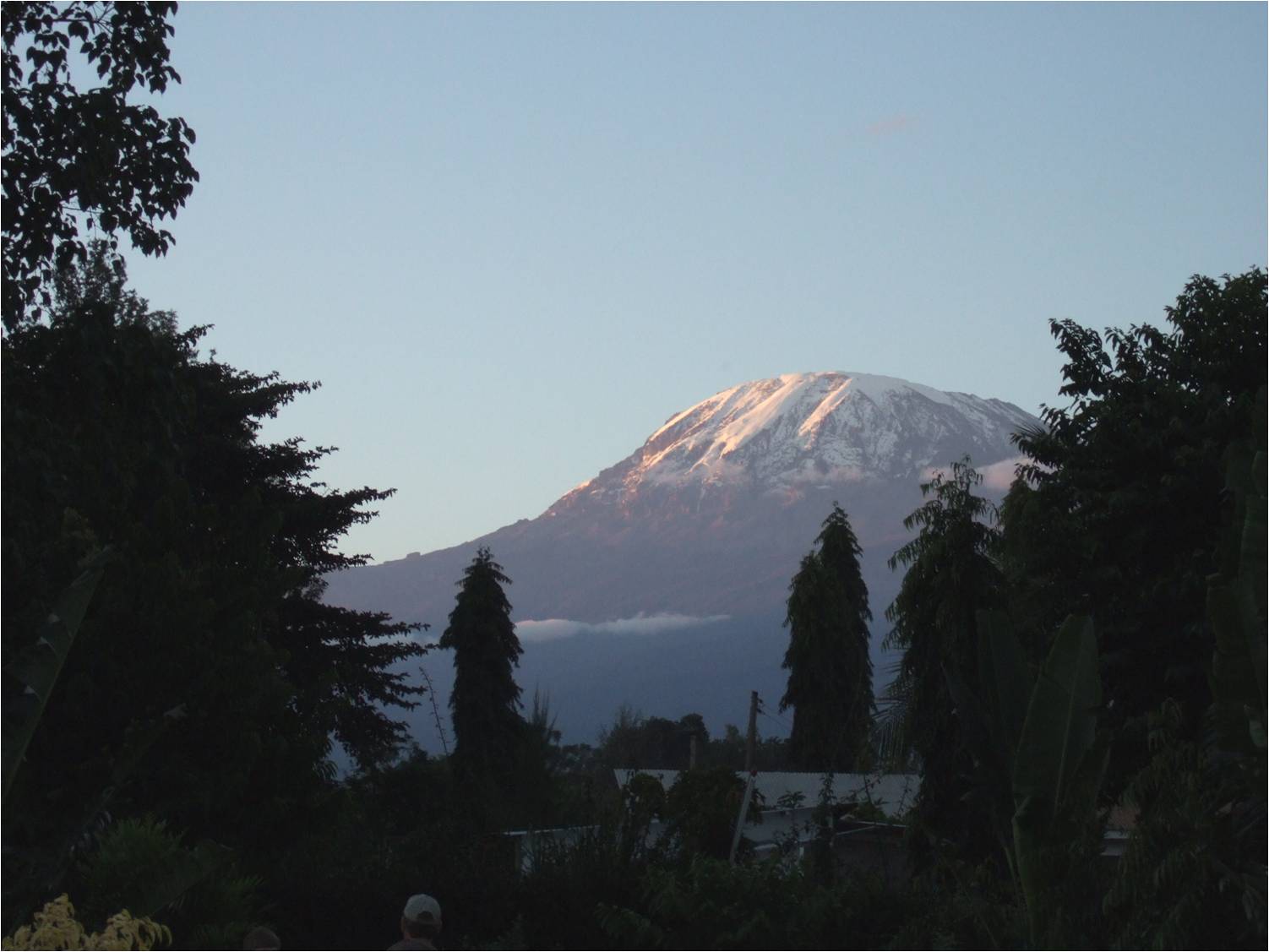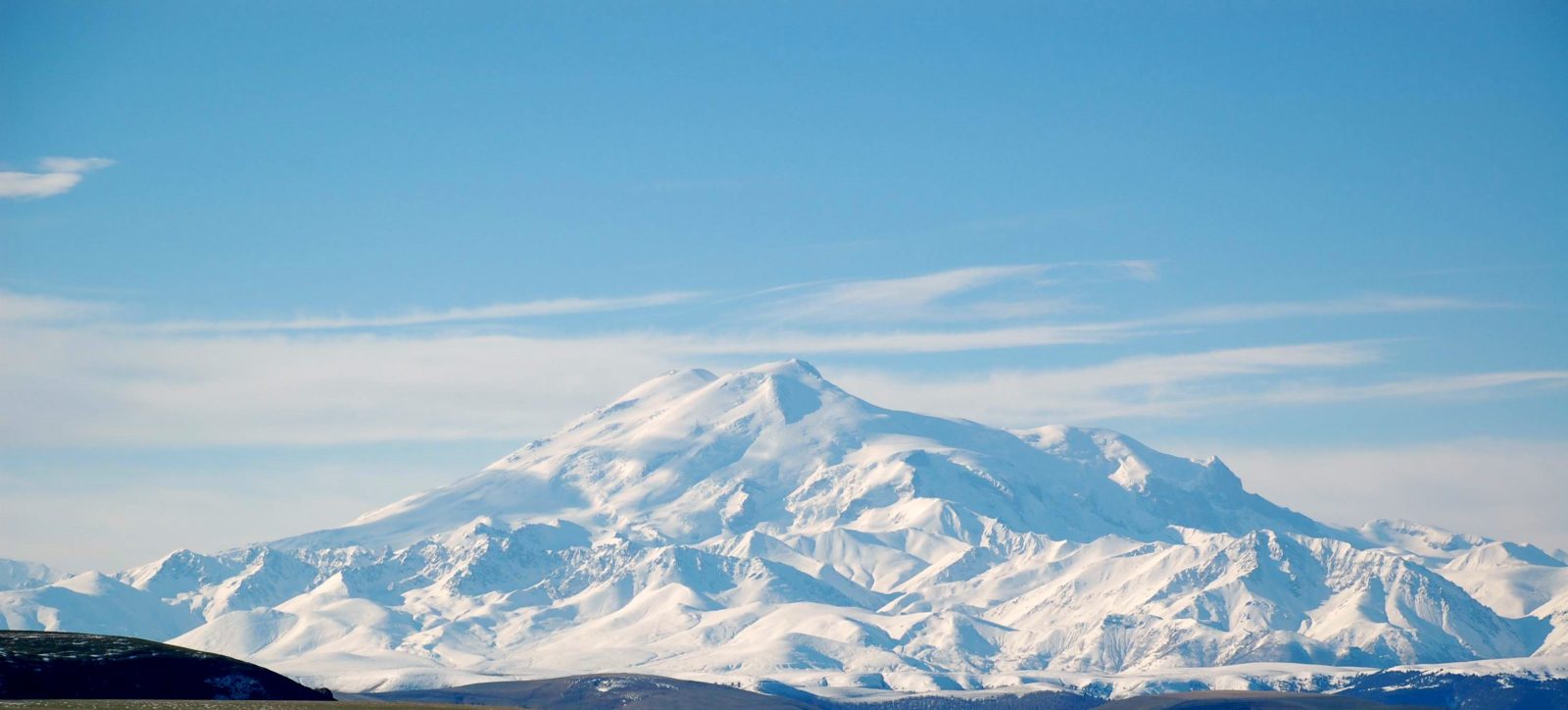
How hard is it to climb Kilimanjaro?
To climb Mount Kilimanjaro is a challenge and if you’re new to trekking, camping, living outdoors, or high altitude then you may find it tough.
To climb Mount Kilimanjaro is a challenge and if you’re new to trekking, camping, living outdoors, or high altitude then you may find it tough – however the specific challenges are mainly due to the altitude, your attitude and fitness but with the correct preparation and a good guide team, then the vast majority of people will successfully summit.
Most hill walkers and trekkers are fit enough to climb Kilimanjaro, but it must be approached in the correct manner, with a good guide and support team to ensure that you have the correct equipment, are well rested, fed and guided so that by the time you reach the high camp, from where you’ll launch your summit bid, you’ll be in good health, well acclimatised to the lower levels of oxygen in the air, hydrated and full of energy.
In general, if you can easily walk 6 – 7 hours a day over undulating ground, for several days in a row at home, then you should be in good stead to tackle Kilimanjaro.

There are no technical skills or equipment needed to climb Kilimanjaro, unless you’re going for the Western Breach, which requires using helmets due to loose rocks. For the normal routes you won’t need any specialist skills or kit, it is merely a trek, one foot after the other. On the Kilimanjaro Machame route and the Mount Kilimanjaro Lemosho route, some people find the Barranco Wall a bit ‘lofty’ as you meander up a defined path that on occasion requires three points of contact and a bit of scrambling, but it’s not dangerous and the guides are there to ensure that. Otherwise you can avoid it by choosing the Mount Kilimanjaro Rongai route or the Mount Kilimanjaro Northern Circuit route.

In order to make the climb a bit easier for yourself you should become comfortable and be prepared and experienced with everything before you arrive, which refers to everything from your kit to camping, from living outdoors to walking, and this can be done in a number of ways – check out our preparation tips below:
PREPARATION FOR KILIMANJARO
KIT FOR KILIMANJARO:
Know your kit; know how it works and test it in all conditions before you arrive into Tanzania. Get your waterproofs on and go for a walk on a miserable, windy day. Jackets and trousers, gaiters etc all have different tweaks, zips, adjustments, vents, poppers, toggles etc. These tweaks / fine tuning can change a miserable wet walk into a cocooned and pleasant one. Best to have this sorted well before you go. The same goes for your day bag – carry only what you need, ensure it’s comfortable and everything is dry. Same for boots! Ensure they’re broken in, waterproof and comfortable – really put the hours in. Have a look at our Packing guide for Kilimanjaro and our trekking boot guide.
CAMPING ON KILIMANJARO:
Many people have never slept in a tent before, or perhaps not for many years, so it’s well worth it, if you can borrow one, to give it a try before you arrive. On the mountain our staff will pitch your tent for you and pop your bags inside plus a comfortable mattress. You do need to bring a sleeping bag, or you can rent one from us. You need to be organised in a tent and although we use 3 / 4 person tents, we only put 2 people in them, so you have plenty of room and they’re really good quality tents (we use the same tents on Mt Everest). You can keep your kit bag in the tent, or outside in the porch and best to only take out what you need for the night. Keeping your kit together saves things getting lost or wet. If you haven’t slept in a sleeping bag before then initially, they will feel a bit restrictive, however on a cold evening, after a days walking, it’s bliss to climb into one and enjoy a few pages of a good book. Again, do use your sleeping bag before you arrive as they also have different ways to vent and wrap up warm in – get to know it well before you come. Check out our sleeping bag for Kilimanjaro guide.

WALKING:
Take your day bag and do as much walking as possible before you arrive. This is easily the best form of training and not just your muscles but also for your mind and your ability to use, and be comfortable with your kit. If you can’t get out walking then combine gym, park and time in the pool – have a look at our training for Kilimanjaro guide!
ALTITUDE:
There is nothing you can do to acclimatise without going to altitude, however if you have the budget then most cities have altitude centres which can create the effects and will certainly assist. The centres aren’t cheap, and by no means are they required as a prerequisite to your climb, but some people do use them. OTherwise detox, stay hydrated pre climb and especially on the flight and follow the advice of your guide. Also check out our acclimatisation info pages here.
If you prepare well and follow these suggestions then climbing Kilimanjaro will be a challenge, but one that you will be able to comfortably tackle!
Related Articles

12 MONTHS, 12 MOUNTAINS
In celebration of World Mountain Day, we've created a calendar for the year to make it easy for you to plan your next mountain climb in the...

Why Kilimanjaro is a Great Mountain for Any Bucket List
Climbing one of the world’s tallest mountains is not a decision to be taken lightly – it will take endurance, a decent amount of fitness...

Kilimanjaro Compared to the Other Seven Summits
The 'Seven Summits' is a challenge first proposed and then completed by Richard Bass in 1985. The 7 Summits consists of climbing to the highest...

What’s The Highest Mountain in Europe?
Its summit is 18,510 feet (5642 meters) above sea level and it is located in Russia. However the mountain itself - including the glaciers...

How can I Climb Kilimanjaro for Charity?
We often get asked, ‘how do I climb Mount Kilimanjaro for Charity?’ and the answer is easy, call us to have an initial talk about...

Huts on Mount Elbrus
Years ago when I was guiding clients with my Russian friend Sasha Lebedev to climb Mount Elbrus during the ‘perestroika’ period after...

Faking Mount Everest?
An interesting story has come about towards the end of this years season on Mount Everest concerning the claim from an Indian climber that his...

What to Wear on Kilimanjaro
What to wear on a Mount Kilimanjaro Trek is probably the question we get asked most and there is, of course, a kit list for...

Kilimanjaro Diamox?
Regarding the use of Diamox on a Kilimanjaro climb, there is a tendency now for people to use it as a default drug in order to increase...
